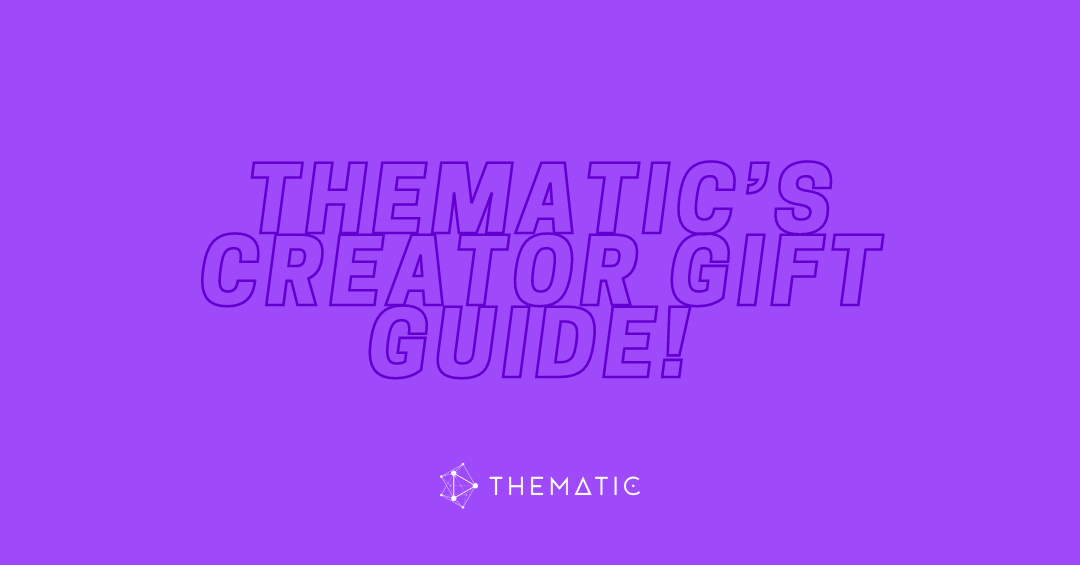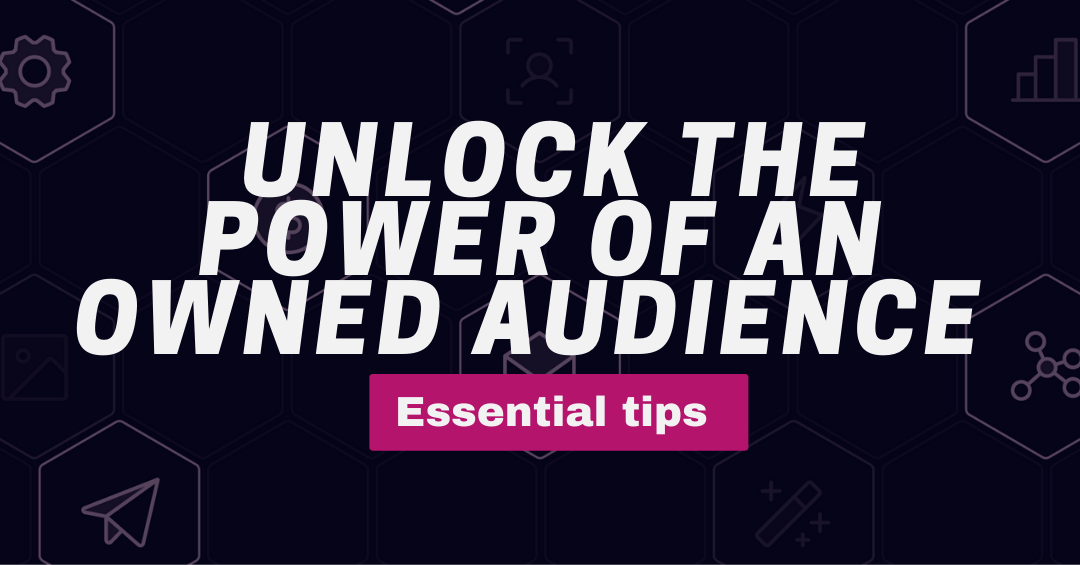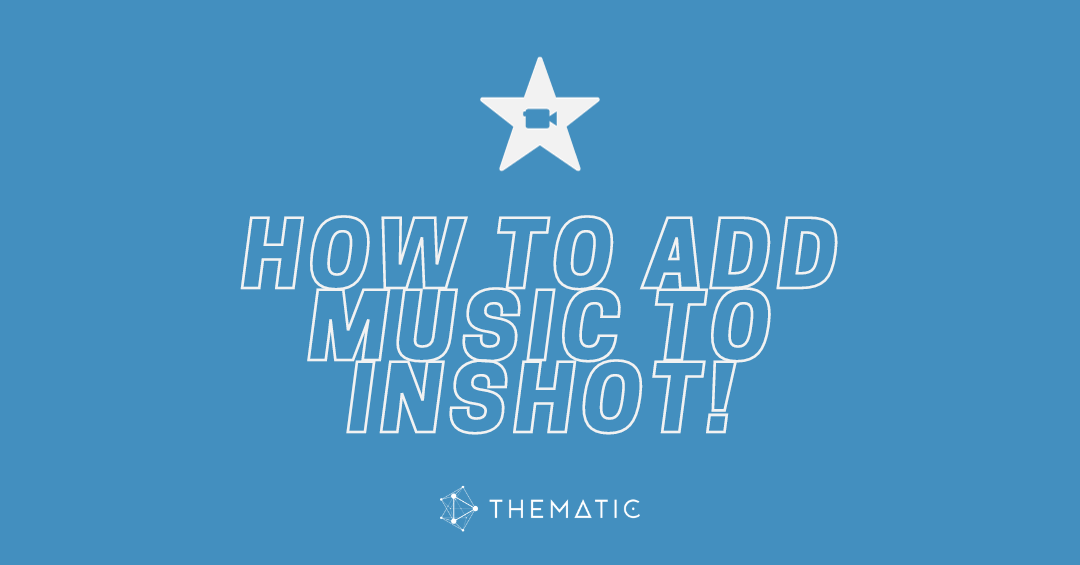YouTube copyright claims and rules can be confusing (and sometimes a bit scary). You may have heard about or dealt with copyright claims and copyright strikes when posting videos on YouTube. If you’ve ever seen one of these messages from YouTube, you know exactly what I’m talking about.
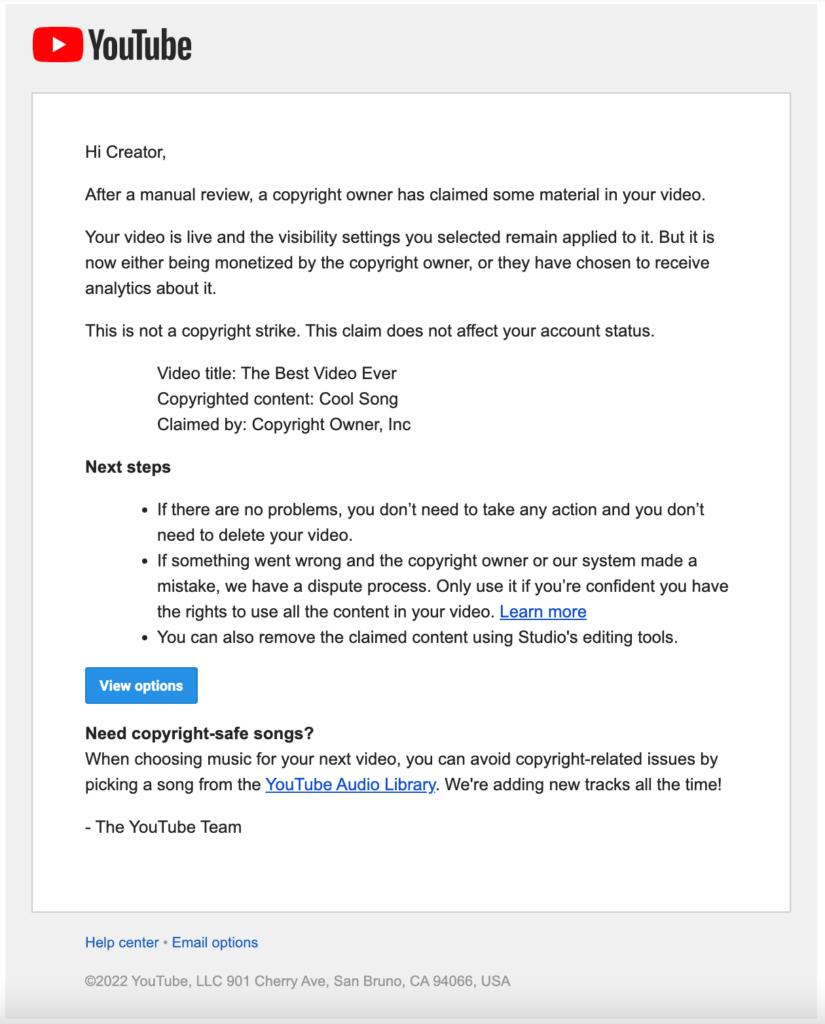
But do you understand how YouTube copyright works? Like how exactly are YouTube copyright claims being made and why do claims happen?
Maybe you are a video creator who wants to find out how to protect their YouTube videos and Shorts from copyright claims. Perhaps you’ve searched YouTube for videos like “how to avoid YouTube copyright claims” and stumbled upon videos this one from YouTube creator It’s Nya:
Or perhaps you’re simply interested in figuring out how YouTube copyright works or what copyright rules creators need to follow when creating and posting videos?
No matter the reason, you’ve come to the right place! We’re going to break down all things copyright on YouTube – how YouTube copyright works, why it’s important to respect copyright rules, and how to create safely for a copyright-free experience. Let’s dig in!
✅ Pro Tip:
Please consult a legal professional for official advice on copyright as it pertains to your content. This is an overall guide to how YouTube copyright works and should not act as official legal advice.

- Why does YouTube care about copyright?
- What could happen if I don’t pay attention to YouTube copyright rules?
- How do copyright owners know about my YouTube video?
- Are there any scenarios where copyright rules won’t apply to a YouTube video?
- How can I add music to my YouTube video and not get a copyright claim?
Why does YouTube care about Copyright?
YouTube is a platform where creators from around the world share original videos and engage with and build audiences. But in order to make the platform safe for everyone to use, YouTube has rules and policies in place for creators to protect copyright and copyright owners.
YouTube requires that creators only upload videos that they either own completely or videos that they are fully authorized to use. For example, YouTube says that you should not upload videos where you do not have full permission for the content (like videos containing footage or images you don’t own or music that you don’t have permission for or a license to use). Keep in mind that just including the text “no copyright infringement intended” or “credit to the copyright owners” does not mean that you have a right to use the content.
When you include copyrighted material in your video that you don’t have permission to use, your video will be at risk of receiving a copyright claim from the copyright holders.
If you think about this as a creator of copyrighted works, you can understand why it is so important. If someone were to take your copyrighted work and use it without your permission, you would want a way to decide what happens to it.
So don’t think of YouTube copyright claims as something that is super scary. Consider it a way for someone to simply protect their original content on the internet.
✅ Pro Tip:
All of the following types of work are subject to copyright, so be careful when thinking about including them in your videos: audiovisual works (TV shows, movies, and online videos), sound recordings and musical compositions, written works (lectures, articles, books, and musical compositions), visual works (paintings, posters, and advertisements), video games and computer software, and dramatic works, (plays and musicals).
👉 Did you know
YouTube Shorts videos can also receive copyright claims. When creating a Short on YouTube, creators who use copyright-protected music that is not part of YouTube’s Sounds library may be at risk of receiving a copyright claim. To avoid this, think about using songs provided in YouTube’s Sounds library or music for which you have a license to use.
What could happen if I don’t pay attention to YouTube copyright rules?
YouTube has a system in place for dealing with videos that use copyrighted content. When a creator uploads a video or Shorts that contains copyright-protected content, their video may receive a copyright claim.
YouTube copyright claims are specific to videos and can lead to loss of monetization and decreased views on your videos.
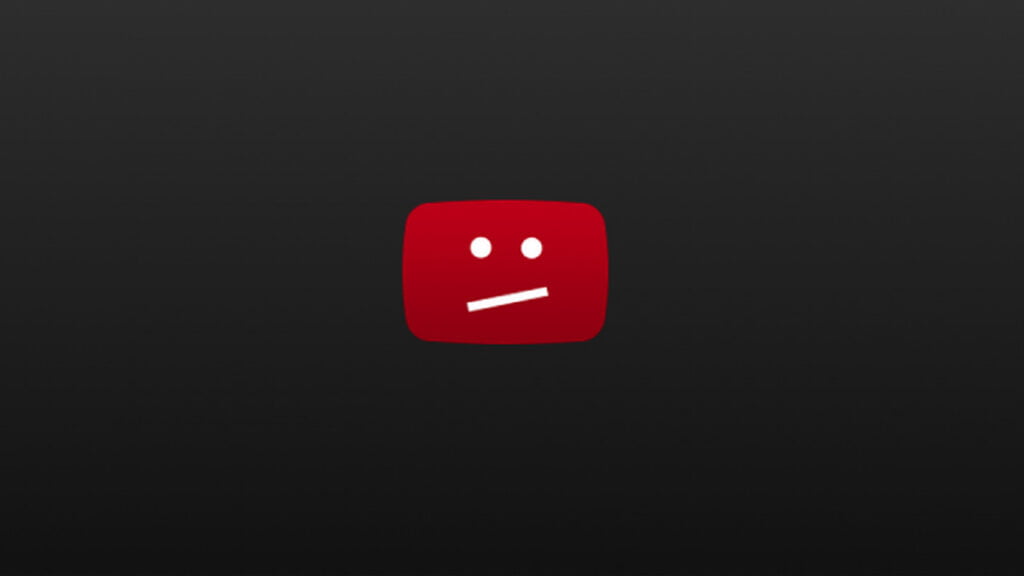
When a video receives a copyright claim, the owner of the copyright can choose to either track, monetize, or block the video. They can apply this worldwide or on a territory-by-territory basis. So for example, they could choose to block the video in Canada and monetize the video in the rest of the world. The copyright owner can change their policy at any time which can negatively affect the performance of the video.
Keep in mind that YouTube copyright claims do not put penalties on the YouTube channel and copyright claims are not the same as copyright strikes.
❌ Copyright strikes are official takedown requests from a copyright owner. These takedown requests are filed for specific videos that infringe on someone’s copyright and are an official legal action by the copyright owner. A copyright strike results in the video being removed from YouTube completely and a strike being put on the YouTube channel.
YouTube has a strict policy for users who upload content that results in a copyright strike. After one strike, YouTube requires the uploader to go through YouTube Copyright School to regain access to their YouTube channel. They may also lose the ability to monetize their videos and be restricted from live streaming for 7 days (if the strike was for a live streamed video).

If an uploader receives three strikes on YouTube, their account (and any of their other channels) may be terminated from YouTube 😱 Also, all of their videos will be removed and the user will not be able to create new YouTube channels. Basically, it’s bad news when you get a copyright strike, and worse news if you receive more than one.
✅ Pro Tip:
Deleting a video that received a copyright strike won’t remove the strike from the account. The only way to prevent strikes completely is to avoid copyright infringement on a YouTube channel. Strikes also expire after 90 days, so after this time passes, the strike should clear from the account.
👉 Did you know
YouTube is not the one putting copyright claims on videos! YouTube simply provides the tools for copyright owners to apply claims.
So when a video receives a YouTube copyright claim, the copyrighted material may have been identified through YouTube’s technology, but it is up to the copyright holder to decide what happens when the claim is placed. The same is true for disputed claims. YouTube does not approve or decide what happens when a claim is disputed. Instead, the dispute information is sent to the copyright owner and they make the decision of what to do with the claim.
How do copyright owners know about my YouTube video?
🤔 Have you ever uploaded a video to private, but still received a copyright claim for something in your video? This is thanks to a system developed by YouTube called Content ID.
🔎 Content ID is a matching system from YouTube that automatically identifies copyrighted content in YouTube videos. Copyright owners can add their works to Content ID to protect their copyright.
When a video is uploaded to YouTube, Content ID scans this new video against all of the works registered in Content ID to see if there are any matches.
If a match is identified, a copyright claim is placed on the uploaded video (and the copyright owner can choose to track, monetize, or block the video). The video uploader will see a notice about the copyright claim in their YouTube Studio dashboard and may also receive an email notification when this happens (if they have emails turned on).
YouTube Content ID is a great tool for copyright holders to automatically identify their copyrighted material in YouTube videos as it works 24/7 to protect their content and apply the policies they have set.
Content ID scans all videos, no matter if they are private, unlisted, or public. It can also find copyrighted content in a YouTube video even if it has been distorted (like slowed down, sped up, put upside down, or resized).
👉 Did you know
YouTube copyright claims from Content ID can happen as soon as a video is being uploaded, or may happen some time after a video has been published. So even if a video did not receive a copyright claim right away, there is a chance that it could receive a claim later on (if copyrighted material is included in the video).
Copyright owners on YouTube can also apply a copyright claim on a video through a manual claim. This means that the copyright owner has found their copyrighted material in a video and has submitted a manual claim through YouTube on the video.
Copyright owners also have the option to submit a manual takedown notice on a video through a webform. These takedown notices result in copyright strikes and the video being removed from YouTube completely. Any copyright owner can use this webform (even if the copyright owner does not have their content in Content ID).
Are there any scenarios where copyright rules won’t apply to a YouTube video?
There are plenty of myths about how to avoid copyright on YouTube or how to use copyrighted music without getting a copyright claim. Let’s debunk a few of these myths for you.
📌 Can I use a few seconds of a song on YouTube?
No matter what you’ve heard on the internet, you can not use copyrighted material if it appears for just a few seconds in your video. Your video is at risk of a copyright claim even if you include just a few short seconds of it in your content (and you do not have permission to use it). There is no time limit or minimum for a copyright claim on YouTube.
📌 I included “no copyright intended” and gave credit in my video description
Unfortunately, you do not get permission to use content in your video simply by adding text credit in your description. The same goes for including text like “no copyright intended” in your video description. This text does nothing and does not protect your video from YouTube copyright claims.
📌 If I buy the music on iTunes, can I use it for my YouTube video?
Purchasing content from a platform like iTunes or Amazon does not give you permission to include it in video content. You will need a separate license from the copyright owner to be able to include it in your videos on YouTube.
📌 Can I use copyrighted music if I am not monetizing my video?
No matter if you are monetizing your video or not, you still need license or permission to use copyrighted material in your content. Just because you are not monetizing anything in your video does not mean that you get to use the copyrighted material and the copyright owner can choose to apply their copyright rules to your video.
How can I avoid YouTube copyright claims?
A copyright claim won’t apply to your YouTube video if you have a license or permission to use the content. In this case, where you have a valid license from the copyright owner (like a license for the music from Thematic), your video will not be at risk of receiving a YouTube copyright claim.
Because you have arranged permission with the copyright owner, your video should not be affected by copyright claims on YouTube.
Another instance where YouTube copyright rules might not apply may be in cases of Fair Use ⚖️ As defined by YouTube, “Fair use is a legal doctrine that says you can reuse copyright-protected material under certain circumstances without getting permission from the copyright owner.”
In the United States, it is up to a judge to decide what is Fair Use. There are four factors that are considered when determining if something is Fair Use or not:
- The purpose and character of the use, including whether such use is of commercial nature or is for nonprofit educational purposes
- The nature of the copyrighted work
- The amount and substantiality of the portion used in relation to the copyrighted work as a whole
- The effect of the use upon the potential market for, or value of, the copyrighted work
👉 Did you know
All four factors are considered when evaluating the material. Just because you are not monetizing your video does not mean that it is Fair Use.
Unless your video is expliciting teaching something about the copyrighted material and referencing only what is needed to make the point or create a new meaning for the original material (like in this video about Donald Duck) it is unlikely that it is considered Fair Use.
Again, we recommend checking with a legal professional to see if your content qualifies as Fair Use or not.
✅ Pro Tip:
Each country may have its own rules about Fair Use (or Fair Dealing as it is sometimes referred to), so it is important to check the rules to see if your video qualifies.
How can I add music to my YouTube video and not get a copyright claim?
👍 In order to protect your videos from copyright claims on YouTube, it is important to either own the content fully or get licenses for the copyrighted content you are including in your videos.
Thankfully, Thematic offers a wide selection of copyright safe music from real artists for you to use in your videos.
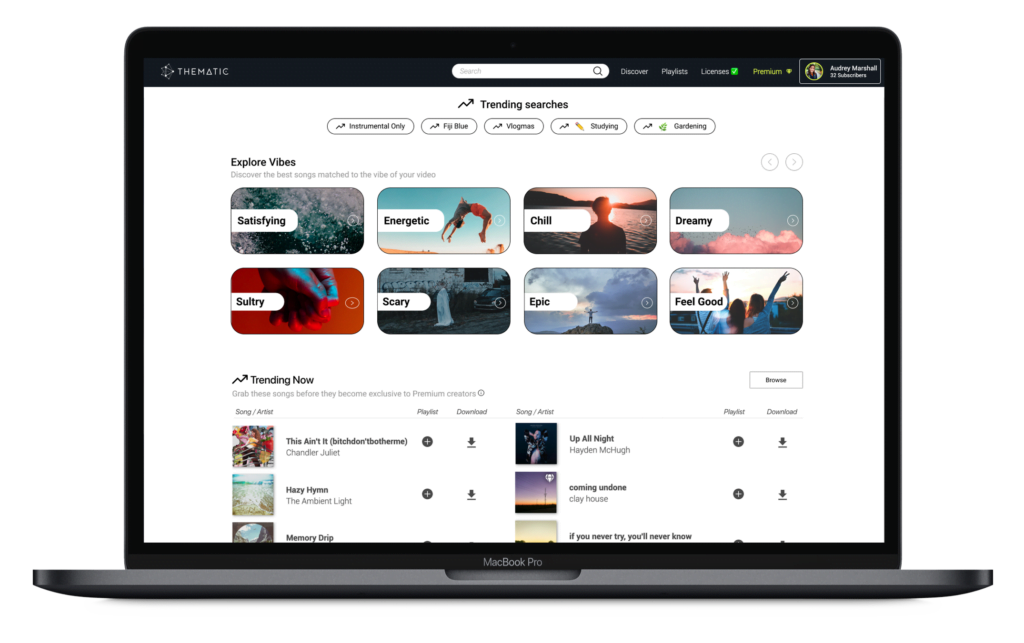
When using the music from Thematic, creators get worldwide licenses to use the songs in their YouTube videos and YouTube Shorts by adding the provided song credit to their video description. This ensures a copyright free experience for creators ✌️
Thematic has trending music from the hottest artists (like Noah Guy, Elli Moore, HOAX, and The Millennial Club) so you don’t have to settle for boring stock music or songs from YouTube Audio Library.
The best part is, creating an account on Thematic is totally free. and you get to keep 100% of your ad revenue with our claim-free experience. Just click the button below to sign-up and get started.
👉 Did you know
Some of the largest YouTube creators trust Thematic as the best place to get “no copyright” music for YouTube. Take it from Hailey Sani, who says:
“Thematic enhances the creative quality of my videos without the anxieties of copyright claims”
Hailey Sani
Looking for more creator tools and resources? Visit Thematic’s Creator Toolkit for additional resources on creating content – including starting a YouTube channel, thumbnail and channel art templates, best practices, and of course, great royalty free songs to use in your videos for free with Thematic.

This post on How YouTube Copyright Works – A Guide to Claims & Disputes is brought to you by Thematic Co-Founder & COO Audrey Marshall
With a background in entertainment PR (via Chapman University), Audrey has led digital strategy for music artists, content creators, and brands. From brand campaigns for Macy’s, American Cancer Society, and the L’Oréal luxe family of brands, to music-driven influencer marketing campaigns for Interscope Records, Warner Music, AWAL, and Taboo of the Black Eyed Peas (featuring creators such as Lexy Panterra, Blogilates, Mandy Jiroux, Matt Steffanina, and Seán Garnier), she in an expert in navigating the influencer marketing space. Audrey has also developed and managed some of the leading beauty, lifestyle, and dance channels on YouTube.
Certified across the board with YouTube, Audrey has a specific focus on digital rights management for music assets, running multiple SRAV-enabled CMS. She is passionate about working with other builders in the space for a more transparent digital rights ecosystem.
At Thematic, Audrey leads the product team and oversees operations. She has driven partnerships with leading talent and music companies, including Songtrust, Kobalt/AWAL, Select Management, BBTV, ipsy, and Black Box, and has helped the platform grow to a thriving community of 800k+ content creators who have posted 1.5M+ videos using the platform, driving 45B+ music streams and $95M+ in earned media value for independent music artists.

